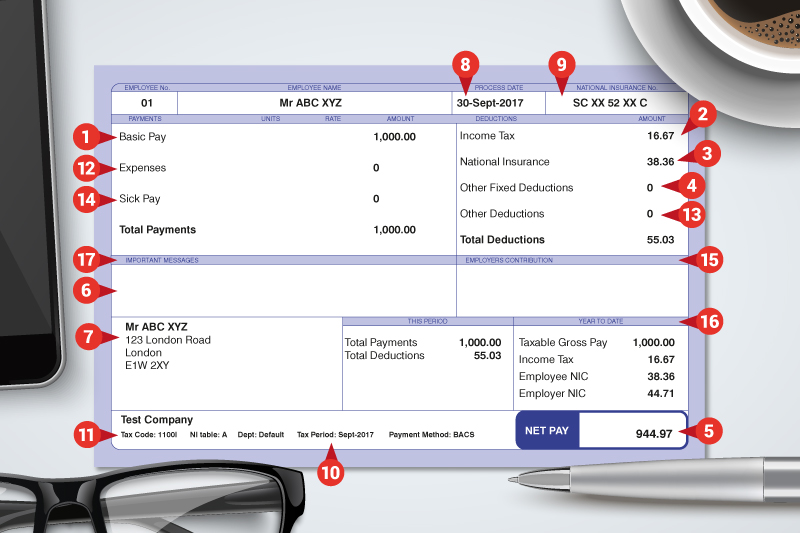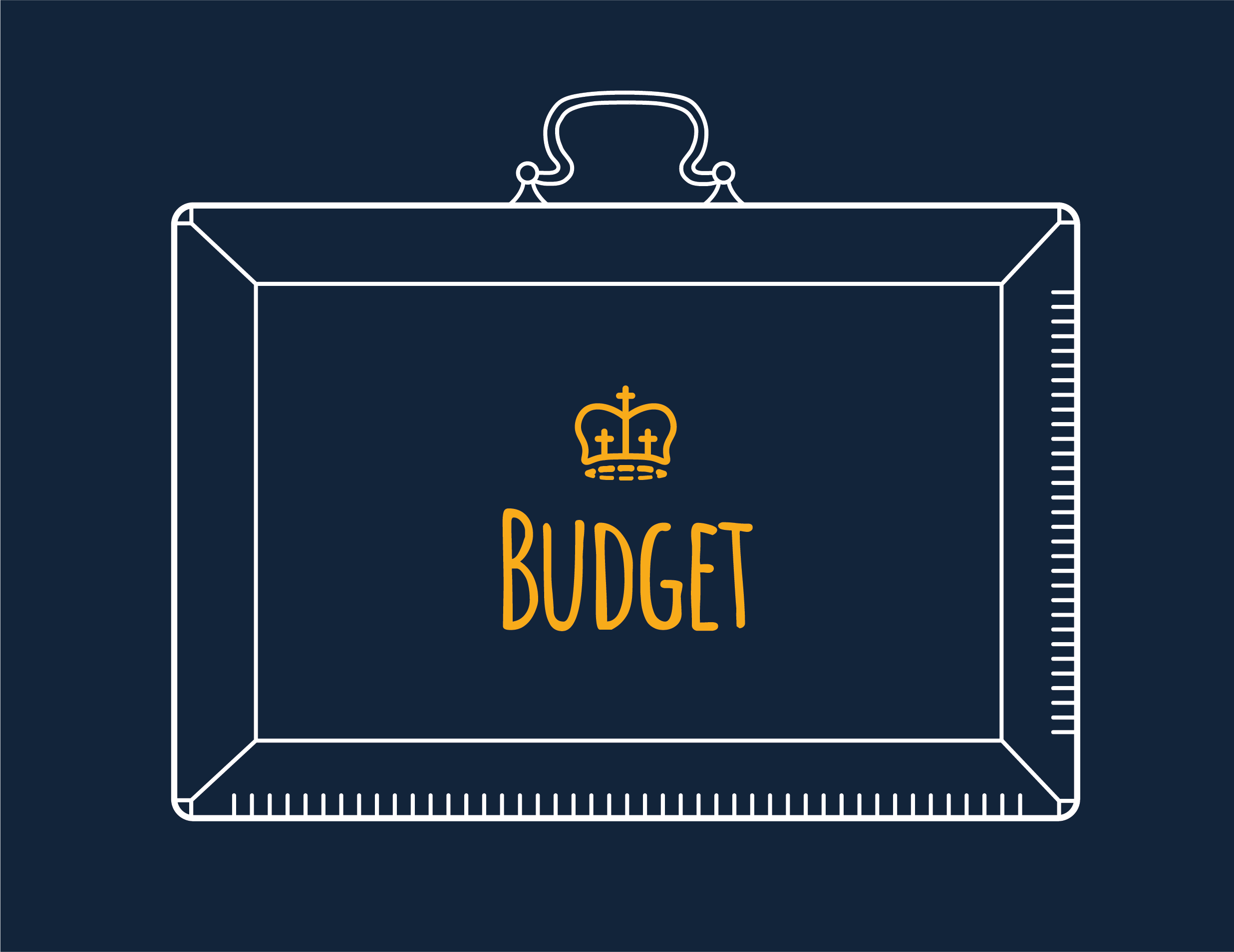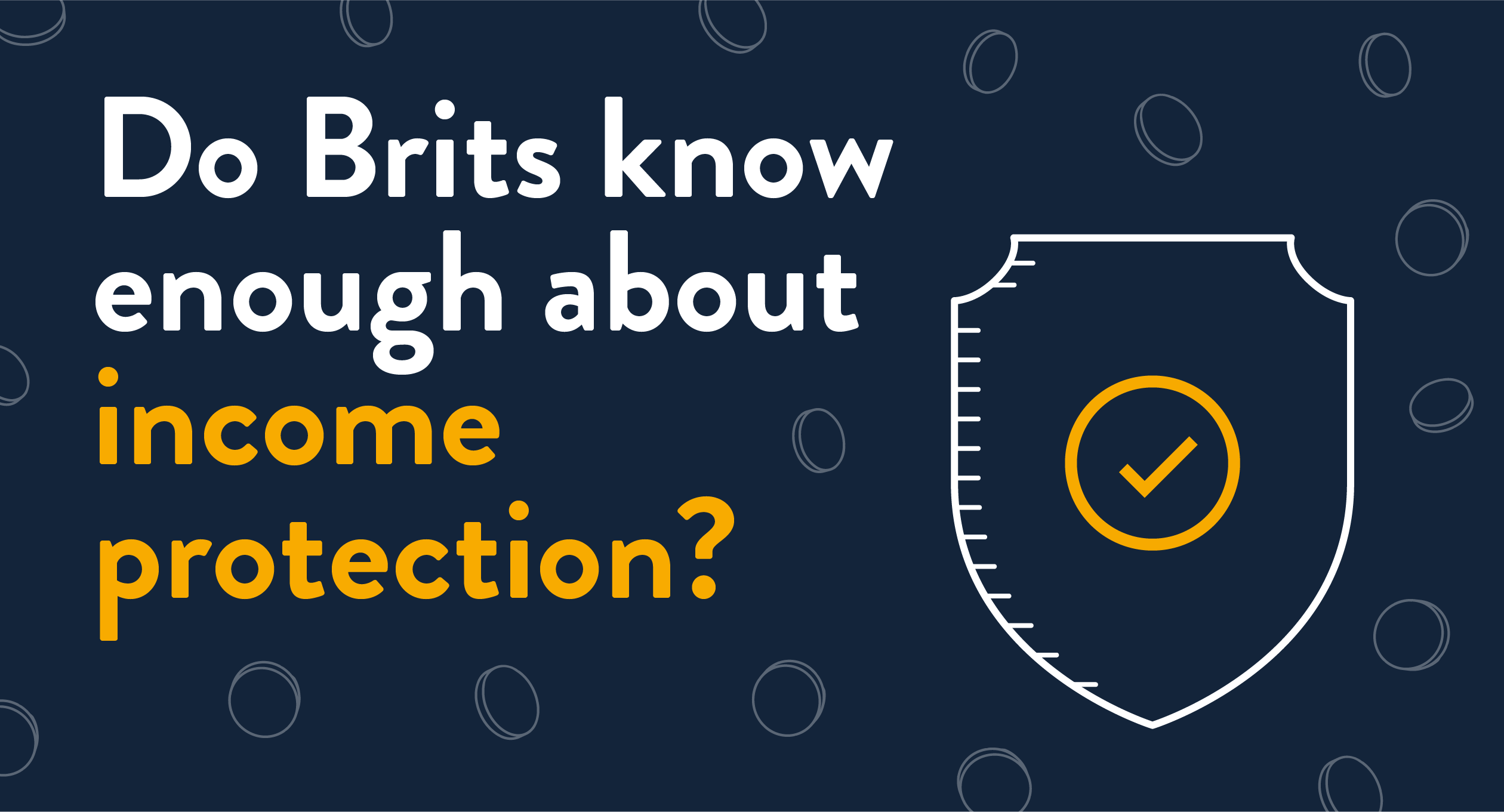
If you’re employed, then you are entitled to an individual payslip. Whether you are paid weekly, fortnightly or monthly, your payslip is a summary of your earnings and any deductions.
Your payslip may contain a lot of information and so our guide explains everything you need to know about understanding your pay slip.
Why you have a payslip
If you’re an employee then you are entitled to an individual payslip, either at or before the time that you are paid.
It doesn’t matter whether you are a casual member of staff, part-time or full-time – you are still entitled to receive a detailed, written payslip either on paper, by email or accessed electronically through a website.
You should keep your payslips safe as:
- You may need to provide evidence of your earnings, for example if you apply for a loan or mortgage.
- If there is a problem with your tax or deductions you can check old details.
- They contain a lot of personal information, including your National Insurance number.
Your payslip explained

Your payslip should always show the following items. Use the diagram to help you work out where you will find them on your payslip.
- Your gross pay
This is your full pay before any deductions (such as income tax or National Insurance) have been made.
- The tax you have paid
Your payslip should show the amount of income tax that has been deducted. The amount of tax that you pay depends on your salary and your Personal Allowance.
- The National Insurance contributions that you have paid
Your National Insurance (NI) contributions are deducted from your gross pay. NI goes towards providing some benefits, for example a state pension.
- Other fixed deductions
Your payslip should show any other fixed deductions that are made from your income. These are deductions that do not change in value between paydays, for example union membership fees. Your employer does not have to specify what these deductions are every month as long as you receive a statement explaining them once a year.
- Your net pay
Your payslip should tell you the amount of take-home pay you receive after all deductions have been made.
- Details of any part payment
If your wages are paid partly in cash and partly to a bank account, your payslip should highlight this.
Other information your payslip should contain
As well as these items, your payslip may also include some or all of the following information.
- Personal information
Your payslip will often contain your name, your home address and your specific payroll number.
- The date
The date of your payday – typically the day your money reaches your bank account – is also shown.
- Your National Insurance number
You must have a National Insurance (NI) number to work in the UK. Your NI number stays the same for your whole life and ensures that your individual record of contributions is maintained. This is important when it comes to claiming benefits such as the state pension.
- The tax period
The number here represents the tax period for that particular payslip. For example, if you’re paid monthly, period 01 will be April and period 12 will be March.
- Your tax code
Your tax code tells your employer what your tax-free allowances are. It identifies how much tax-free income you should receive before tax is deducted.
Your tax code is sent to you by HM Revenue & Customs (HMRC). You should check the tax code on your payslip against the latest tax code notice as if it’s wrong you could end up paying too much or too little tax.
- Expenses
If you are owed any business expenses – for example mileage – your employer might reimburse these to you via the payroll.
- Other deductions
Your payslip may show other deductions. These might include:
- Pensions – the amount you contribute towards any employer or workplace pension will be shown.
- Student loan – if you are making repayments on a student loan then this will be shown.
- Court orders or child maintenance – unpaid fines and other court orders can be deducted directly from your pay.
- Sick pay
If you are off work sick for four days or more in a row, and you meet certain conditions, your employer is liable to pay you Statutory Sick Pay. This is treated like the wages it replaces, so deductions for tax and National Insurance will be made.
- Workplace benefits
If your employer provides any benefits such as a company car or health insurance, these will be listed on your payslip.
- Summary of the year to date
Your payslip might show how a summary of any salary and deductions in the current tax year (from 6 April to 5 April).
It may show your total earnings as well as the cumulative amount of tax, National Insurance, student loan and pension payments you have made in the tax year so far.
- Important messages
Some employers use a space on your payslip to share important messages. These might give you extra information about your pay – for example a change in the following month’s pay date – or other information they want to share.


